Dancing for Freedom
In the heart of the Soviet Union, under the watchful eye of a regime where art was as much a means of propaganda as it was an expression of the soul, a young dancer named Rudolf Nureyev emerged. Born in 1938 on a trans-Siberian train near Irkutsk, his beginnings were as dramatic as the life that would unfold before him.
Nureyev grew up in the shadow of World War II, in a country ravaged by conflict and stifled by the iron grip of communism. Yet, within these confines, his talent as a ballet dancer flourished. He was a comet, blazing across the Soviet Union's cultural sky, destined to burn bright but not long in its oppressive atmosphere.
As he rose through the ranks, Nureyev's raw, almost savage, interpretation of classical ballet enthralled audiences. He was not just performing; he was rebelling in every leap, every pirouette. But with recognition came scrutiny, and with scrutiny, a suffocating limitation on his freedom, both artistically and personally.
The year 1961 marked a turning point. Nureyev was 23, and his career with the prestigious Kirov Ballet had brought him to Paris on tour. Paris in the 60s was a maelstrom of art, culture, and freedom, a stark contrast to the grey, ordered world he knew. The city's lights didn't just illuminate the streets; they lit up desires, dreams, and the possibility of a life unbound for Nureyev.
But as Nureyev's eyes opened, so did those of the KGB agents assigned to monitor the dancers. His interactions with Western artists and enthusiasts, innocent though they were, drew suspicion. Nureyev felt the noose of his freedom tightening. A rendezvous with destiny was imminent.
The climax arrived at Le Bourget Airport, Paris. The Kirov troupe was set to fly to London, but Nureyev was pulled aside. An order came through: he was to return immediately to Moscow. It was a thinly veiled omen of the punishment that awaited him for his perceived insubordination.
As he was escorted towards a waiting plane, Nureyev's heart pounded against his chest, a frenzied beat mirroring the turmoil in his mind. It was now or never. In a moment of pure adrenaline-fueled courage, he broke away from his escorts and sprinted across the tarmac, his leap towards freedom as dramatic as any on stage.
"Political asylum!" he cried out in broken French to a group of airport police. The world seemed to hold its breath. The police, understanding the gravity of the moment, shielded him from the Soviet officials.
Nureyev's defection was more than an escape; it was a cultural earthquake. It reverberated across the world, symbolizing not just one man's quest for freedom, but the universal yearning for creative and personal liberty.
In the West, Nureyev became not just a ballet dancer but an icon of artistic freedom. His partnership with Margot Fonteyn in London was legendary, transcending dance and entering the realm of the ethereal. Yet, his life was not without struggle. He grappled with fame, identity, and later, a health crisis that would claim his life.
Rudolf Nureyev's story is a tapestry of talent, defiance, and the relentless pursuit of freedom. It's a testament to the power of art to transcend boundaries, whether they be physical walls or the more insidious barriers of ideology and repression. His legacy endures, a beacon for all who dare to dream of a world where creativity knows no bounds.
Rudolf Nureyev's dramatic leap to freedom at Le Bourget Airport in 1961 was a pivotal moment, not just in his life but as a symbol of taking calculated risks. His story beautifully illustrates why sometimes, in personal finance, taking calculated risks can be essential for significant rewards.
Nureyev, fully aware of the potential repercussions from the Soviet authorities, weighed his love for artistic expression and personal freedom against the safety and predictability of his life in the USSR. In personal finance, this mirrors the decisions individuals face when considering investments, career changes, or starting a business. The safety of a regular income and the known environment is often set against the potential for greater financial rewards and personal fulfillment.
Just like Nureyev assessed his situation, understood his environment, and then took a leap, financial decisions often require a similar approach. It involves understanding the market, assessing the potential for gain against the risk of loss, and then making an informed decision. Whether it’s investing in the stock market, purchasing real estate, or pursuing higher education for a potentially lucrative career, these decisions involve risk but also the potential for significant financial returns.
Nureyev's story is a metaphor for the essence of calculated risk in finance: the courage to step into the unknown, armed with knowledge, a clear understanding of your goals, and a willingness to embrace change for greater rewards. His triumphant yet challenging journey epitomizes the idea that while taking risks can be daunting, the rewards – whether in life or finance – can be monumental.
